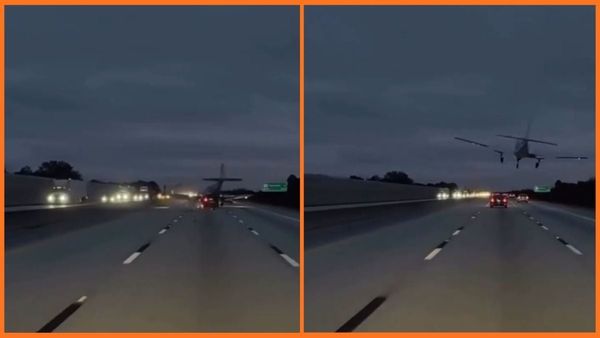
After a run of interest rate increases that has not occurred for more than 30 years, the Reserve Bank on Tuesday signalled an end to the hikes of the past year as it worries about the risks of the economy slowing faster than expected.
For the first time since April last year, the RBA has now gone two months without increasing rates. And the language in the governor’s statement suggests that unless the wage growth data out in two weeks or the next inflation figures show a surprising increase, the cash rate is unlikely to go higher than 4.1%.
If the graph does not display click here
This will be a welcome relief to mortgage holders who have seen the cost of mortgage payments increase 98% since March last year.
Clearly the RBA has decided the risks of tipping the economy into a recession are greater than any damage (perceived or real) that may occur due to inflation remaining above the target range until the middle of 2025.
There was some discussion after the announcement on Tuesday that the RBA had changed its inflation outlook. We shall see for sure on Friday when the latest statement on monetary policy is released, but the governor’s statement on Tuesday suggests no change.
In May, the RBA predicted inflation would reach 3.2% by the end of 2024 and 3.0% by the middle of 2025. Tuesday’s statement similarly forecast inflation to “be around 3.25% by the end of 2024” and “to be back within the 2-3% target range in late 2025”.
The most direct impact the 400 basis points of rate rises has had is on home lending, which on Tuesday the Australian Bureau of Statistics revealed had fallen 18% in the past year:
If the graph does not display click here
This usually means a fall in property prices is very likely, given home lending is an indicator of future house prices:
If the graph does not display click here
But Australia’s housing market is a very curious thing, and while the drop in home loans is significant, the size of the fall is as much to do with the extreme increase in lending that occurred off the back of the near zero interest rates and the government’s homebuilder stimulus.
The value of home lending now is essentially where it was before the pandemic:
If the graph does not display click here
The actual number of home loans being taken out is also largely as it was in 2019. In Western Australia and Queensland the number of loans is actually significantly higher now than it was then.
If the graph does not display click here
It highlights yet again how the Australian housing market keeps on keeping on.
But what has changed is the purpose of the home loans – there has been a big drop in the number of loans for building new homes:
If the graph does not display click here
Not only has the homebuilder program ended, but the cost of building has soared off the back of the demand created by that program coupled with the massive supply bottlenecks that occurred due to the pandemic.
The cost of housing construction generally rose at a pretty steady rate of around 5% every two years, but since the end of 2020 it has risen 30%:
If the graph does not display click here
This is bad news for those wanting to buy a home, because it suggests supply is not about to increase anywhere near the level needed, and that the competition for buyers will continue to be over the current stock of housing.
This is also reflected in the latest building approval numbers (also out on Tuesday) that showed just 13,596 residential buildings were approved for construction in June – around the least since 2012:
If the graph does not display click here
And thus, despite the strongest increase in interest rates in 30 years, housing prices have suffered little, and now look set to keep rising – which is not great given how expensive it already is.
Across Australia, the average new home loan is now some 30% larger than it was in June 2019, and nearly 50% bigger in Tasmania:
If the graph does not display click here
Of course, household incomes in that time have not increased by anywhere near that amount. The latest figures for household disposable income per capita in March showed incomes had increased just 14% since the middle of 2019.
That means the average home loan is now roughly 11 times the size of per capita household income, compared with 8 times a decade ago and 5.7 times 30 years ago:
If the graph does not display click here
And so the good news is that existing mortgage holders look to be spared more rate rises in the next few months, but as ever those wanting to become a mortgage holder find the task ever more difficult.
• Greg Jericho is a Guardian columnist and policy director at the Centre for Future Work







